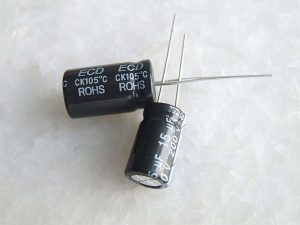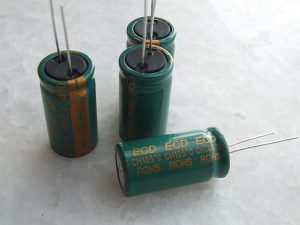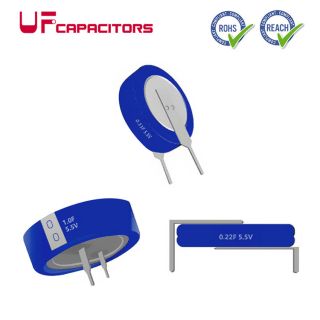Capacitors come in various types, categorized by the materials used in their production, such as ceramic capacitors, tantalum electrolytic capacitors, aluminum electrolytic capacitors, and so on. Particularly, multi-layer ceramic capacitors, despite their small size, have large capacitance and are frequently used in various circuits for tasks like decoupling, smoothing power supply voltages, filtering, and more. They have become an indispensable component in enhancing the performance of smartphones, TVs, and other devices. what are ceramic capacitors used for? Let’s now delve into the functions and advantages of ceramic capacitors.
Ceramic Capacitors

I. Functions of Ceramic Capacitors
- DC Isolation: Prevents the passage of direct current while allowing alternating current to flow.
- Bypass (Decoupling): Provides a low-impedance path for certain parallel components in an AC circuit.
- Coupling: Connects two circuits, allowing AC signals to pass through and transmit to the next circuit.
- Filtering: Particularly crucial for DIY projects, where capacitors on graphics cards often serve this purpose.
- Temperature Compensation: Compensates for the inadequate temperature adaptability of other components, improving circuit stability.
- Timing: Used in conjunction with resistors to determine the time constant of a circuit.
II. Advantages of Ceramic Capacitors
- High-voltage ceramic capacitors exhibit stable capacitance loss with temperature and frequency.
- The special series structure of high-voltage ceramic capacitors is suitable for reliable long-term operation at high voltages.
- High-voltage ceramic capacitors have a high current rise rate and are suitable for high-current circuits with non-inductive structures.

In Conclusion
The above outlines the functions and advantages of ceramic capacitors. I hope this information proves helpful to you.




